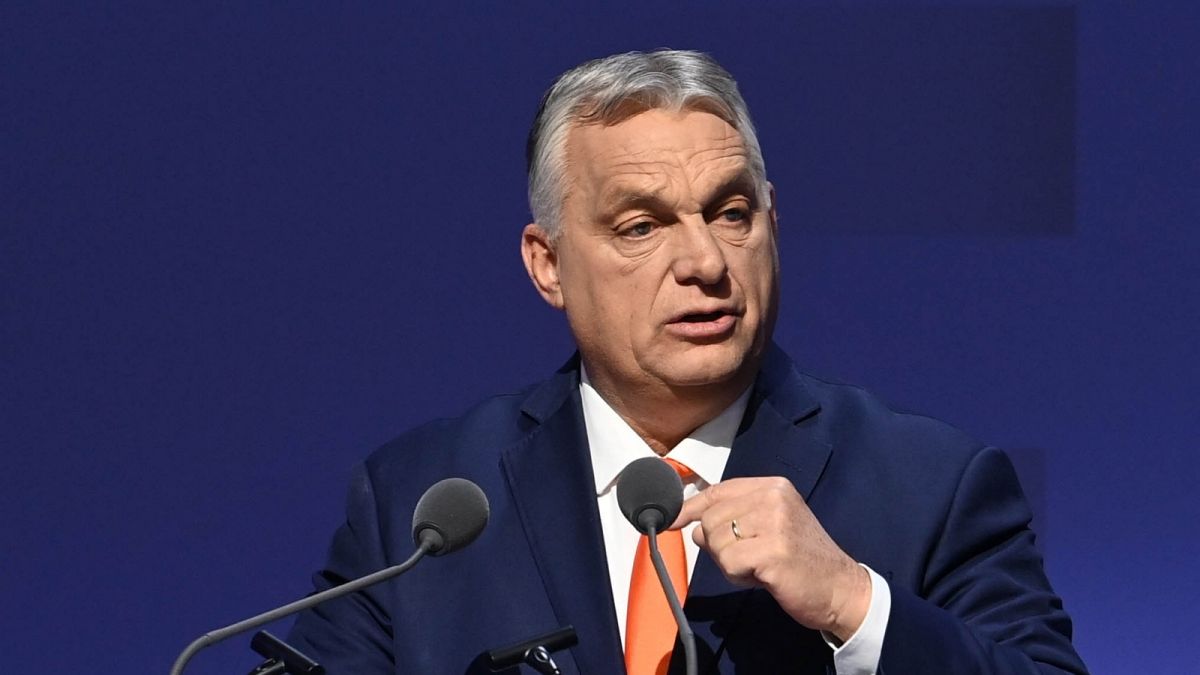A solar farm, new hangers and improvements to Whakatāne’s unique terminal are included in a new Airport Master Plan.
The plan was adopted at a recent meeting of Whakatāne District Council’s infrastructure and planning committee after two years of planning and consultation with airport users and mana whenua Ngāti Awa and Taiwhakaea hapū.
The airport is built on land confiscated by the Crown in 1866, and the iwi’s Treaty settlement stipulates it must be returned to Ngāti Awa if it is no longer reserved for airport use.
The Roger Walker-designed terminal, built in 1974, is a Category 1 listed building on the New Zealand Heritage List.
Due to its heritage status, any work carried out will require approval from Heritage New Zealand and the council plans to engage with them, along with the iwi and hapū, to investigate enhancements.
Three, increasingly ambitious, phases
Phase one includes carrying out required minor maintenance including correcting weather tightness issues and painting, and increasing the waiting space and seating capacity.
A second phase will see an extension to the terminal and a third phase, for when the current terminal reaches capacity, is to research options to build a new terminal building.
An area of the car park west of the existing terminal has been allocated for this, while it’s been suggested the original terminal could be used for office space or hospitality.
A proposed solar farm, hangar space, flight school campus and other aeronautical and non-aeronautical opportunities are also being explored with the goal of improving the airport’s financial performance.
Hangar space has long been in demand by private aircraft owners both within and outside the district. The plan states the intention to build these in collaboration with partners and lease them to users.
A feasibility study will look at different hangar designs, sizes, costs, rental revenue and projected returns on investment.
A Solar Feasibility Scoping Report was commissioned by the council in 2022 from Energy Management Solutions and made public in May last year.
It included a solar array at the airport at a cost of $14.7 million. A full business study into the viability of a solar farm is suggested in the plan.
A hub for training pilots
The plan states that Whakatāne Airport is well situated for flight training.
Leading aircraft manufacturers Airbus and Boeing have both estimated the international aviation industry would require around 600,000 new pilots over the next 15 years.
It identifies the opportunity to potentially turn this into an economic advantage for the district.
Other viable options for activities at the airport include aircraft engineering and painting opportunities, parachute operations and passenger transport. Non-aeronautical opportunities, including a business park and freight hub, will also be looked at.
Local Democracy Reporting is local-body journalism co-funded by RNZ and NZ On Air













